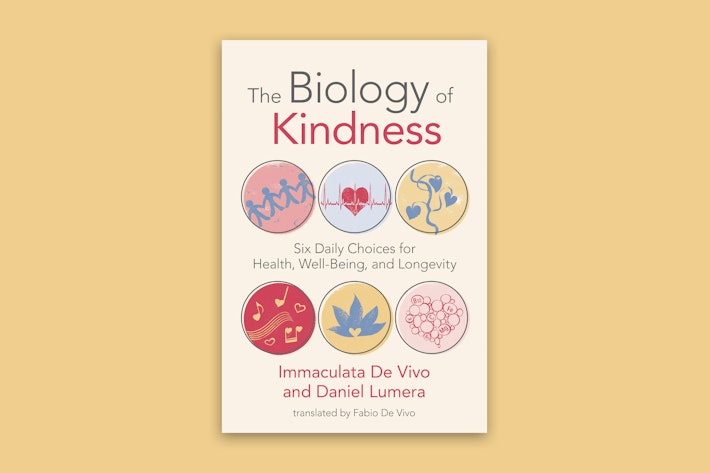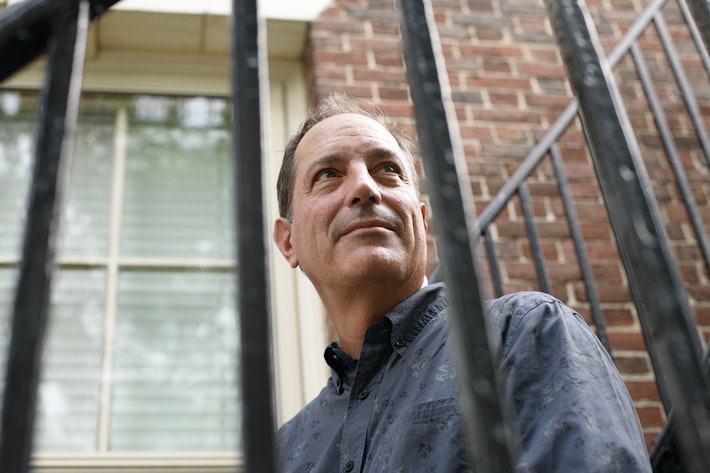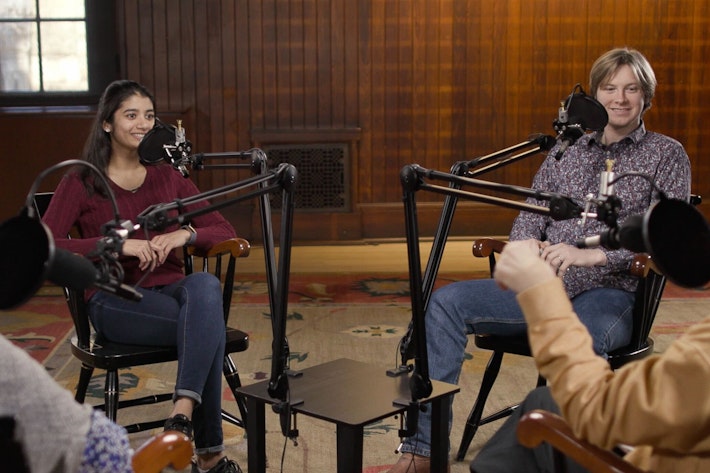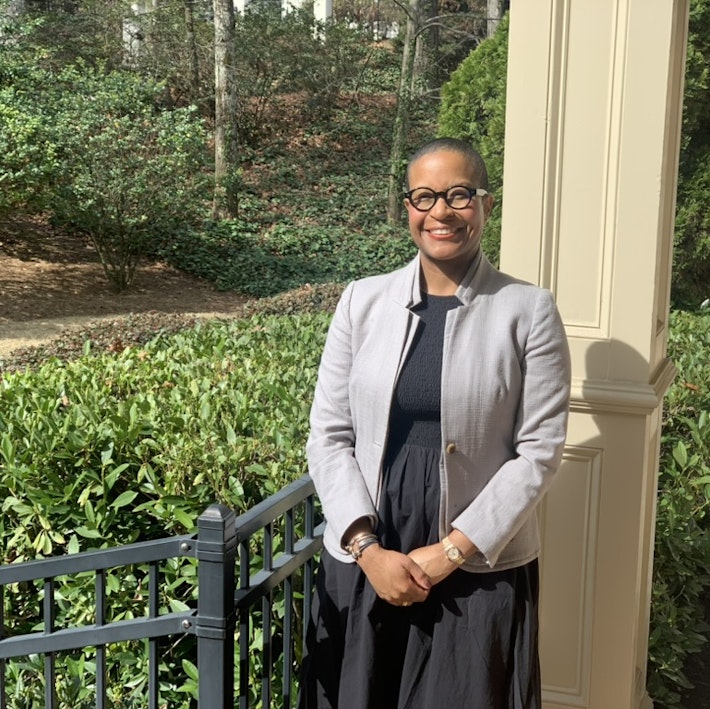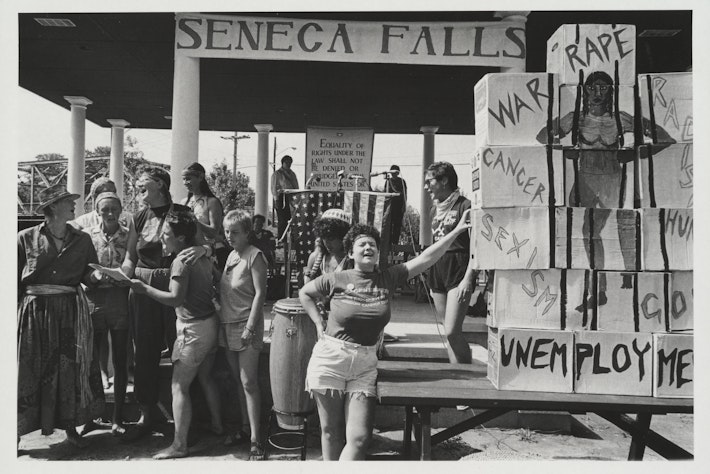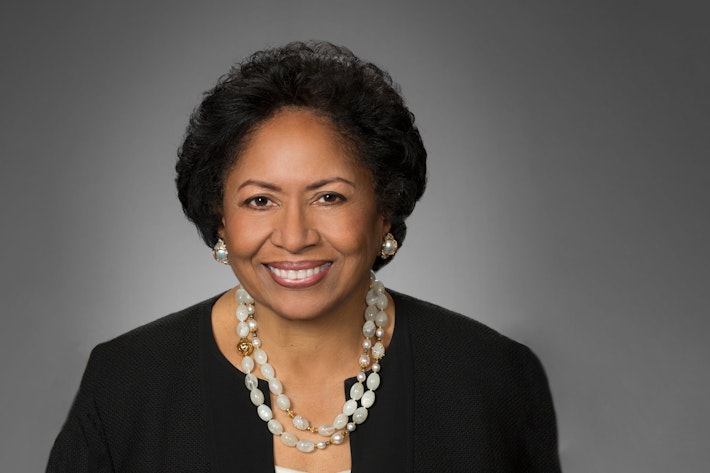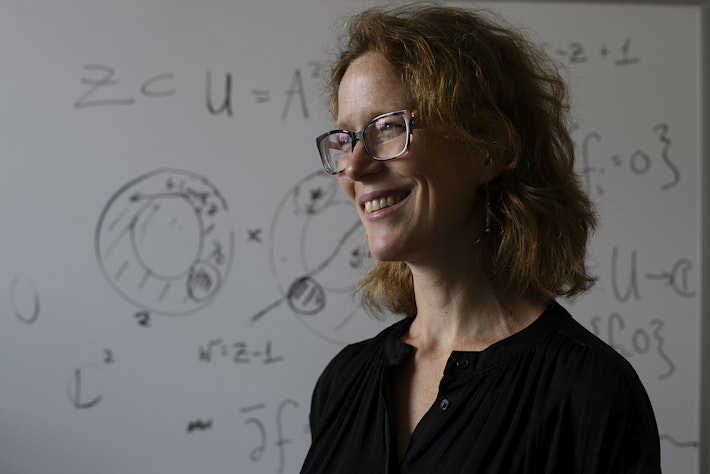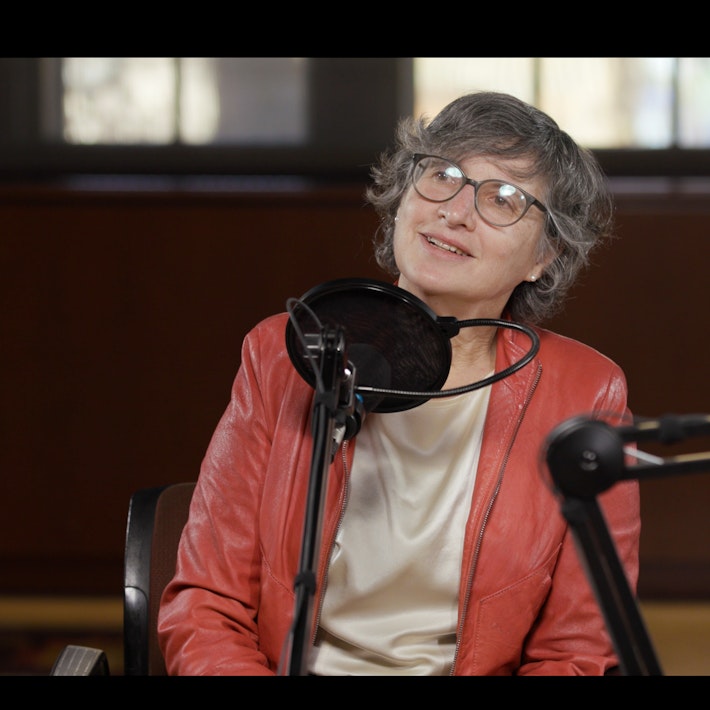Feminisms and Pornography
Two students in the fall course taught by Jane Kamensky and Janet Halley, the Royal Professor of Law at Harvard Law School, reflect on what they learned.
Two students in the fall course taught by Jane Kamensky and Janet Halley, the Royal Professor of Law at Harvard Law School, reflect on what they learned.
Something Tangible in the Archives
I came to the this class largely because I wanted to find a link between thought and action. I wanted to know how these ideas could inform each other in my own life, and I found an entire movement of theorist-activists who seem to have done exactly that. But the results were not always positive. Antipornography feminists accused feminists who opposed them of “false consciousness,” claiming that they had been tricked by patriarchal society into supporting its structures. In protesting a Barnard conference on sexuality in New York City, for instance, antiporn activists loudly attributed false consciousness to the conference organizers and presenters. Putting theory into practice led to an accusation that seemed to deny people their agency, to shut down productive analysis.
To understand why this happened, I needed a concrete link between Marxist theory, where the notion of false consciousness was developed, and the marches in New York City, where it was used. The archive gave me something tangible. I saw the writers that activists were reading when they wrote a speech, and what they wrote while reflecting on these debates. I found serious theoretical considerations of feminist consciousness, with nuance that was clearly lost in action. But I also found questions and ways of thinking that made it into articles and dissertations only after observing and listening to people. I haven’t found an exact model for my work, but I have the beginnings of a way to understand.
—Martin Bernstein ’20
History and Philosophy Concentrator
Archives Don’t Forget
When I decided to take Feminisms and Pornography, I knew little about the “sex wars” and nothing about archival research. However, over a few short months I fell in love with this topic and became adept at using the archives in the Schlesinger. With the help of brilliant professors, supportive classmates, and dedicated librarians, I found a gap in the literature on the pornography conflicts and helped to fill it by writing a paper based on archival sources. I chronicled the 1985 referendum campaign here in Cambridge regarding the antipornography civil rights ordinance created by Catharine MacKinnon and Andrea Dworkin. The campaign provoked vitriolic clashes over how to approach pornography, both between feminists and outsiders and among feminist groups. Antipornography feminists met with strong opposition from free-speech activists, including other feminists, and the ordinance was defeated. Disappointed but ultimately undeterred, antipornography feminists took the lessons they learned from the Cambridge campaign and continued to apply them to their activism in communities all over the world.
I recently had the opportunity to meet several of the key players from the Cambridge conflict during a workshop the class’s students and faculty members hosted at Radcliffe. Speaking with these people brought the campaign alive, and it made me appreciate archival research more than ever. The campaign occurred 33 years ago. Memories have faded, and activists continue to disagree about the details of what happened. The wounds of that time remain raw. In short, people are imperfect narrators. While the archives have their flaws, they exist unchanged all these years later. They have not forgotten things; they do not filter their words depending on who is in the room. They simply tell their stories. May we continue to collect these materials and listen to all they have to say, especially regarding controversial moments in history.
—Alicia Daniel
Harvard Law School ’18
